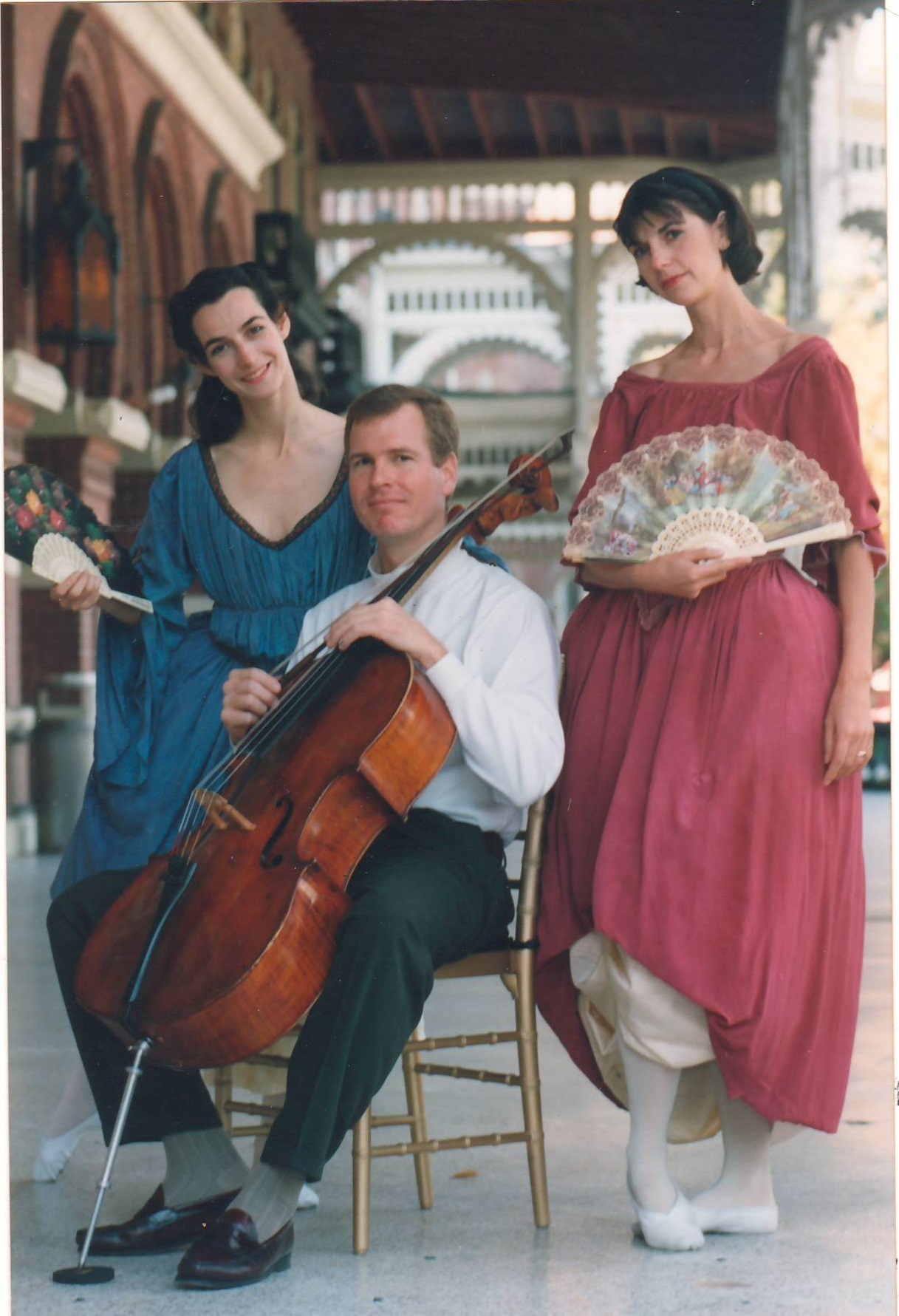18th Century Dance
The parts of the Baroque music suite, such as the sarabande, the minuet, and the gavotte, were originally dances. Dance music was so popular that it became organized into concert music.The parts of the Baroque music suite, such as the sarabande, the minuet, and the gavotte, were originally dances. Dance music was so popular that it became organized into concert music.
Above is an example of 18th Century dance notation, the written language of dance, always accompanied by the corresponding music. It was one thought from note to step. The dancer was, in fact, another instrument, with a musical line written for them, as important as the bass and treble clef. The dance completes this music; without it, the original intention and melody is incomplete.
Original manuscripts and dance materials teach us the language and allow us to reconstruct the dance. Baroque dance marks the beginning of ballet as we know it today. Louis XIV created a school for dance and codified the system. Dance notation was developed as dance gained importance. Presentation and performance were transformed between the mid-17th and 18th centuries birthing the individual artist’s accomplishment, the virtuoso. Previously, it was the courtiers who danced, being the court’s employees, not trained dancers and musicians.
























